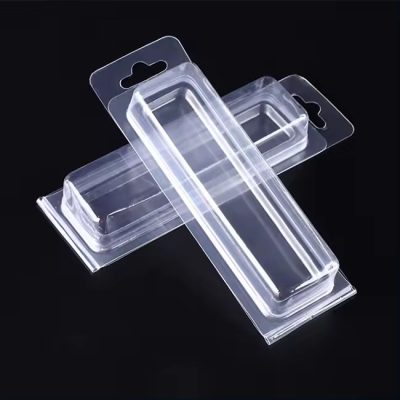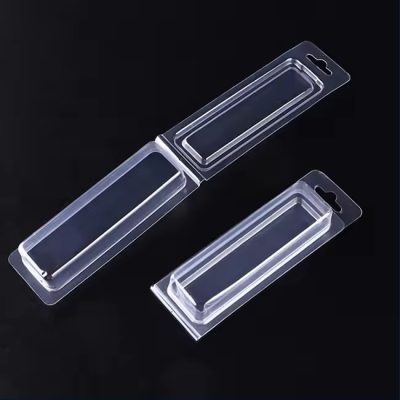Blister clamshell packaging has emerged as a cornerstone in the realm of modern packaging, seamlessly blending robust product protection with enticing product presentation. This article aims to delve into the intricacies of blister clamshell packaging, elucidating its definition, components, advantages, and versatile applications across industries.
Introduction to Blister Clamshells
Blister clamshells epitomize a packaging solution wherein a product is encased within two transparent plastic shells that are sealed together. This innovative design not only shields the product from external elements but also provides consumers with a clear view of the product inside, fostering informed purchasing decisions.
Components and Design Elements
Blister clamshell packaging comprises two primary components:
Clamshell: The clamshell consists of two halves of transparent plastic that are fused together, creating a sturdy enclosure for the product. This protective shell ensures the product remains intact during handling, transit, and display.
Backing Card: Positioned within the clamshell, the backing card serves as a backdrop for the product. It is often embellished with vibrant graphics, branding elements, and product information, enhancing the product’s visual appeal and consumer engagement.
Advantages of Blister Clamshells
Blister clamshell packaging offers a plethora of advantages:
Product Protection: The robust plastic shell provides a barrier against physical damage, moisture, and tampering, ensuring the product reaches the consumer in pristine condition.
Enhanced Visibility: The transparent clamshell allows consumers to inspect the product’s features, quality, and packaging integrity before making a purchase, thereby fostering consumer trust and satisfaction.
Brand Promotion: The backing card serves as a canvas for brand logos, promotional messages, and product details, enabling manufacturers to reinforce brand identity and communicate product benefits effectively.
Tamper Resistance: The sealed clamshell design deters tampering and unauthorized access, providing consumers with assurance regarding product safety and authenticity.
Design Considerations
Designing effective blister clamshell packaging requires careful consideration of several factors:
Material Selection: Opting for durable, eco-friendly plastics for the clamshell to ensure product protection and environmental sustainability.
Graphic Design: Employing captivating graphics, colors, and imagery on the backing card to captivate consumer attention and convey product attributes persuasively.
Clamshell Closure: Implementing a secure yet user-friendly closure mechanism for the clamshell to facilitate easy opening by consumers while maintaining product integrity and freshness.
Applications Across Industries
Blister clamshell packaging finds versatile applications across a myriad of industries:
Retail: Widely used for packaging electronics, toys, cosmetics, and hardware, enhancing product visibility and consumer appeal on store shelves.
Food and Beverage: Employed for packaging fresh produce, bakery items, snacks, and ready-to-eat meals, ensuring product freshness, hygiene, and convenience for consumers.
Healthcare: Utilized for packaging medical devices, pharmaceuticals, and personal care products, providing tamper-evident packaging solutions that comply with stringent safety and regulatory requirements.
Conclusion
In conclusion, blister clamshell packaging serves as a beacon of innovation in the packaging landscape, offering a harmonious blend of product protection and presentation. Its versatile design, coupled with its myriad advantages, positions blister clamshells as a dynamic packaging solution capable of meeting the diverse needs of industries and consumers alike. As market dynamics evolve, blister clamshell packaging continues to evolve and innovate, driving product visibility, consumer engagement, and brand loyalty in an ever-changing marketplace.







